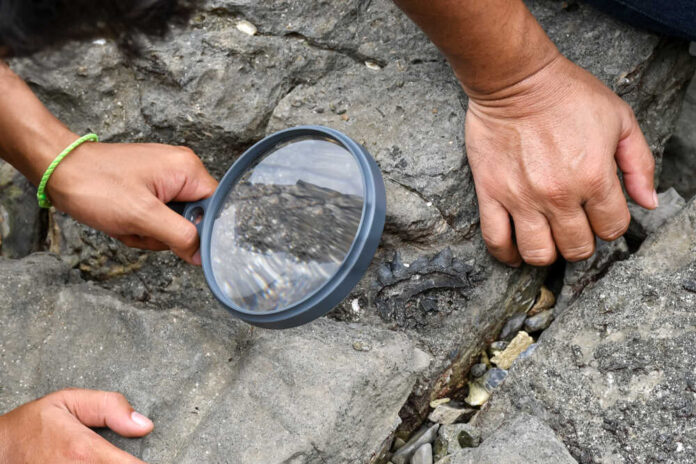
The timeline of human development is continuously being pushed back due to discoveries made in Europe, areas of Africa, and even some right here in the United States. New insights into our past become available with each passing year.
New research on Friday adds to the necessary revisionism of our human history in North America.
Until recently, archaeologists believed that the Clovis people, who claimed to have arrived in North America some 13,000 years ago, were the first Americans. However, a new finding by experts at Texas A&M University calls into question this long-held theory.
Reports state that excavation results from a site near Sunrise, Wyoming, had uncovered items that date back at least 14,000 years and maybe earlier.
According to archaeologist George Zeimans, they have two dates on the dig site that are 14,000 years, making them the deepest in the history timeline in Wyoming associated with cultural artifacts. That’s older than Clovis. Zeimans said there are other sites in North America with such ancient dates, but this is the first time his team has uncovered them.
Scholars have an uphill task in rewriting the Clovis narrative. Since almost no one else seems to be reporting on it, some question the reliability of the most recent discoveries.
The location’s famed 12,840-year-old ochre mine is so well-known that it has even been recognized by the Smithsonian.
Big Archaeology is upset that so much analytical data is refuting their interpretation of the past. Researchers who aren’t constrained by government funding or their inflated sense of importance have been more vocal about the need to define their team’s timeframe, according to Zeimans.
Graham Hancock of “Ancient Apocalypse” has discussed the flaws in the Clovis hypothesis in several places, such as on numerous episodes of “The Joe Rogan Experience.”
To their credit, Eastern Wyoming College and the Sunrise Historic and Prehistoric Preservation Society want to keep up their fieldwork at the location.













